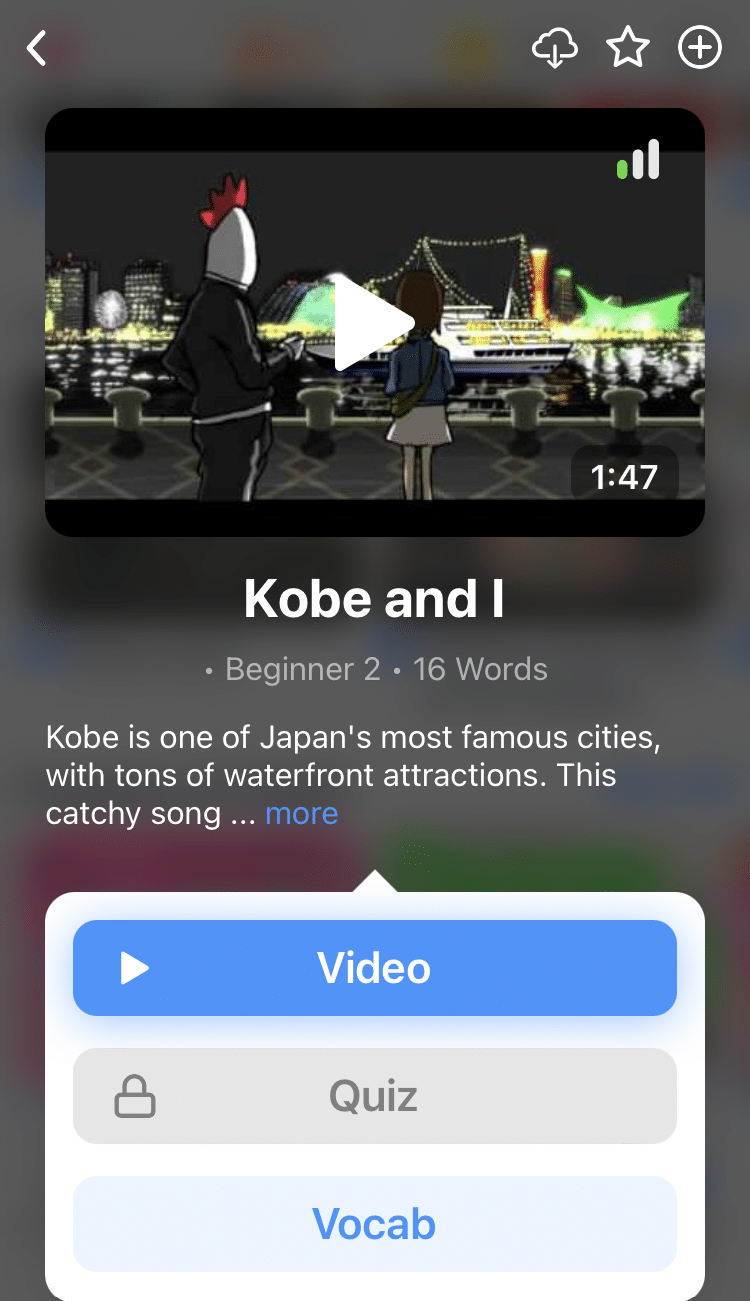
3 Little Hacks to Learn Japanese While You Sleep Like a Log
You have to admit that sleep learning is an attractive idea for most of us Japanese learners.
People have been interested in the idea of learning while settling in for a quick nap since at least the 1800s when the Marquis d’Hervey de Saint-Denys conducted some of his dream research.
Admittedly, he wasn’t trying to master a new language with his sleep stimulation, but the principles hold up in spite of his true objective.
So how can we hack sleep learning to our benefit?
Contents
- What’s the Link Between Sleep and the Brain?
- 3 Dreamy Tips to Learn Japanese While You Sleep
- And One More Thing...
Download: This blog post is available as a convenient and portable PDF that you can take anywhere. Click here to get a copy. (Download)
What’s the Link Between Sleep and the Brain?
While sleep might seem like a waste of eight hours, we know it doesn’t do a body (or brain) good to go without it.
If you’ve ever stayed up a few hours too many on the weekend, then you know how groggy (and snappy) you can get when you’re short on sleep.
Even though we can’t, for the most part, remember what happens when we go down for the night, it seems to play an important role in our well-being. While scientists cannot completely agree on why, they agree that it’s a vital part of our cognitive processes.
Most researchers agree that sleep plays a vital role in the process of memory consolidation. That’s what matters to us for sleep learning.
Without the ability to consolidate a memory, you wouldn’t be able to learn new things. With the right hacks, we can use this to our advantage and help enhance the consolidation process.
Let’s look at some tips on how you could use your sleep time to study better.
3 Dreamy Tips to Learn Japanese While You Sleep
1. Align your expectations with reality
First things first, we need to set the record straight. You won’t be completely fluent in Japanese by taking a passive route. It would be nice if it worked that way, but this is just wishful thinking.
You can’t just play audiobooks while you sleep to learn the language. The idea of straight up learning new information you’ve never been exposed to before in your sleep has been debunked since the 1950’s.
Does that mean that you have no hope?
Of course not. You can use passive tools in order to make sleep-aided learning possible. There’s some potential to learn while you sleep, but you just have to know how to do it the right way and keep your expectations in line with reality.
If you can do that, then you can do your language studies a big favor.
Sleep-aided learning functions more like a support system to the waking brain—reinforcing knowledge but not substituting your daytime study hours. The focus of this kind of study is to help with memory consolidation.
For those of you not familiar with the concept of memory consolidation, it’s how our brains transfer information from our short-term memory (what you use to cram for an exam) to long-term memory (the part of your brain that allows you to remember the phone number of your childhood home).
Techniques that do this usually rely on creating stronger pathways by tying them to your senses.
2. Know the techniques in sleep-aided learning and how you might use them
Your first option is called simple sound cognition. In a study on verbal learning, subjects were asked to study words right before they went to bed. Then the sounds of the words were played while they slept.
The participants who were exposed to these sounds showed enhanced retention of the words. This may be because the reactivation of these parts of the brain helped with better memory consolidation
You can use this technique at home by replaying sections of a Japanese audiobook, YouTube channel or podcast that you’ve recently been studying. Just be sure to keep it on a low enough volume that it won’t keep you awake, but loud enough that you can still hear it. (At a level where you wouldn’t have to strain to make out the words seems to be about right.)
You don’t want to pay attention to the words (you’re not trying to stay awake). You just want to be able to hear the sounds while you sleep.
Your next choice is a method called stimulation by odor. The research of this method suggests ties made to memories in the brain are stronger when you can stimulate the reprocessing of this information during the night, deepening the neural connections and making recall more likely.
If you can stimulate this response, then you can get more out of your memory.
You can use this by attaching your studies to a signature scent. Get a perfume or other fragrant item and keep it near you while you’re studying Japanese. Then, you should also keep it near you while you sleep.
Spray a little bit of perfume on your blanket or pillow, or burn some incense before you go to sleep. This should help you to increase the amount of words that find a home in your long-term memory.
3. Get some good options for listening
Some of the Japanese materials you use for active learning should also be used for the passive learning you’ll be doing while you sleep.
If you’re listening to a vocabulary audiobook during the day, you should use this for your memory consolidation. It’s better to repeat the same sounds in the same order so that your memory gets a true repetition.
Just like hearing them over and over again when you’re awake, this repetition helps your brain to remember. In the case of sleep, you can get the same effect.
If you’re looking for something new, there are a wealth of great, free podcasts to check out to help you get your audio on while you’re taking a nap. For basic vocabulary, podcasts like Learn Japanese Pod is a great option for reinforcing the basic words you’re learning. Another great option for beginners in NKH World, which features basic, everyday words in context.
LingQ is a good option if you’re past the basic vocabulary and looking for some conversational Japanese. There are also a few snippets of audiobooks on this podcast, but in general you should get a nice mix of basic daily speech.
News in Slow Japanese will give you complex sentences and thoughts, but at a speed slow enough to allow you to distinguish the individual words and sounds. This is a great option for intermediate to advanced learners who are trying to get a grip on the day-to-day speech in Japan.
The online Japanese program FluentU is another option for listening to native speakers, as it contains short clips from Japanese media.
FluentU takes authentic videos—like music videos, movie trailers, news and inspiring talks—and turns them into personalized language learning lessons.
You can try FluentU for free for 2 weeks. Check out the website or download the iOS app or Android app.
P.S. Click here to take advantage of our current sale! (Expires at the end of this month.)

When you’re ready to speed it up, give Japanese Listening Advanced a try. They’ll get you up to speed on speaking Japanese.
While these methods may not be able to replace your study time, they’ll help you make it more effective. These little hacks may work differently for different people, so play around with them until you find the right mix for you.
Just remember to be polite to anyone you may be sharing a bed or bedroom with!
Download: This blog post is available as a convenient and portable PDF that you can take anywhere. Click here to get a copy. (Download)
And One More Thing...
If you love learning Japanese with authentic materials, then I should also tell you more about FluentU.
FluentU naturally and gradually eases you into learning Japanese language and culture. You'll learn real Japanese as it's spoken in real life.
FluentU has a broad range of contemporary videos as you'll see below:

FluentU makes these native Japanese videos approachable through interactive transcripts. Tap on any word to look it up instantly.

All definitions have multiple examples, and they're written for Japanese learners like you. Tap to add words you'd like to review to a vocab list.

And FluentU has a learn mode which turns every video into a language learning lesson. You can always swipe left or right to see more examples.

The best part? FluentU keeps track of your vocabulary, and gives you extra practice with difficult words. It'll even remind you when it’s time to review what you’ve learned. You'll have a 100% personalized experience.
Start using the FluentU website on your computer or tablet or, better yet, download the FluentU app from the iTunes or Google Play store. Click here to take advantage of our current sale! (Expires at the end of this month.)


